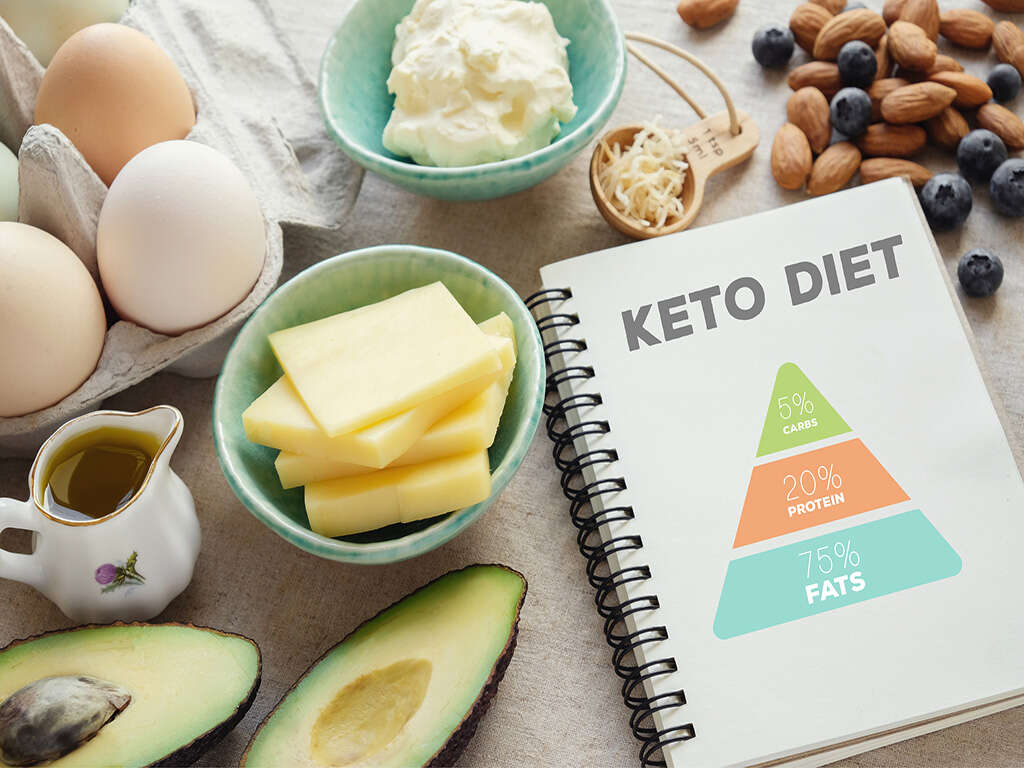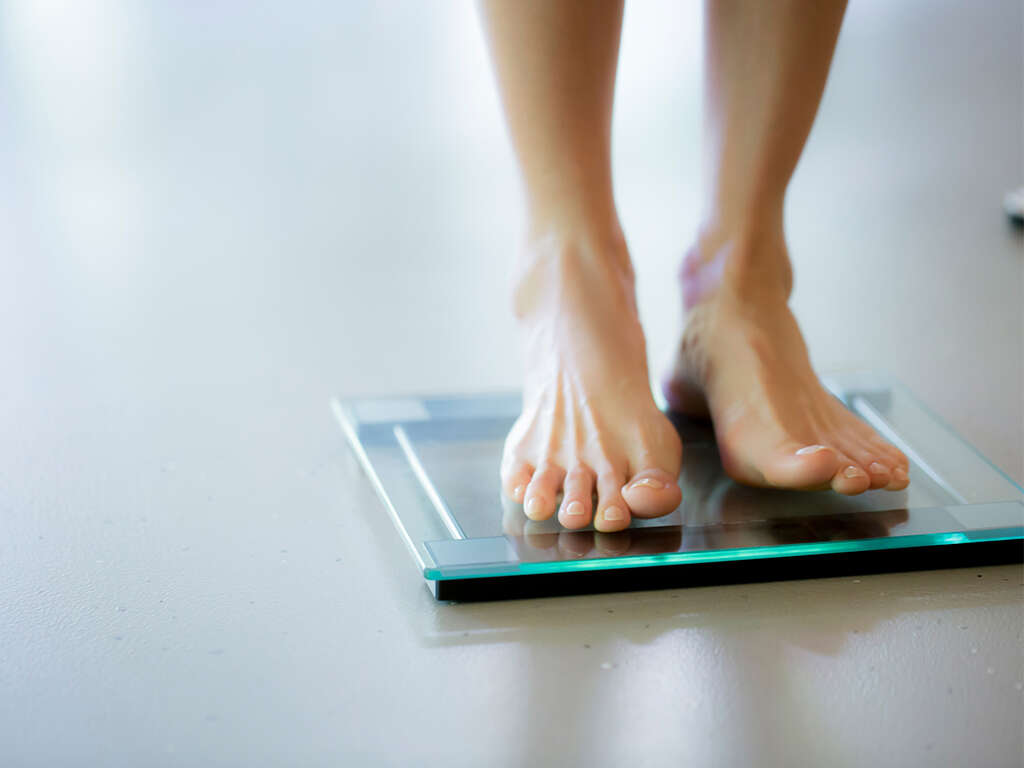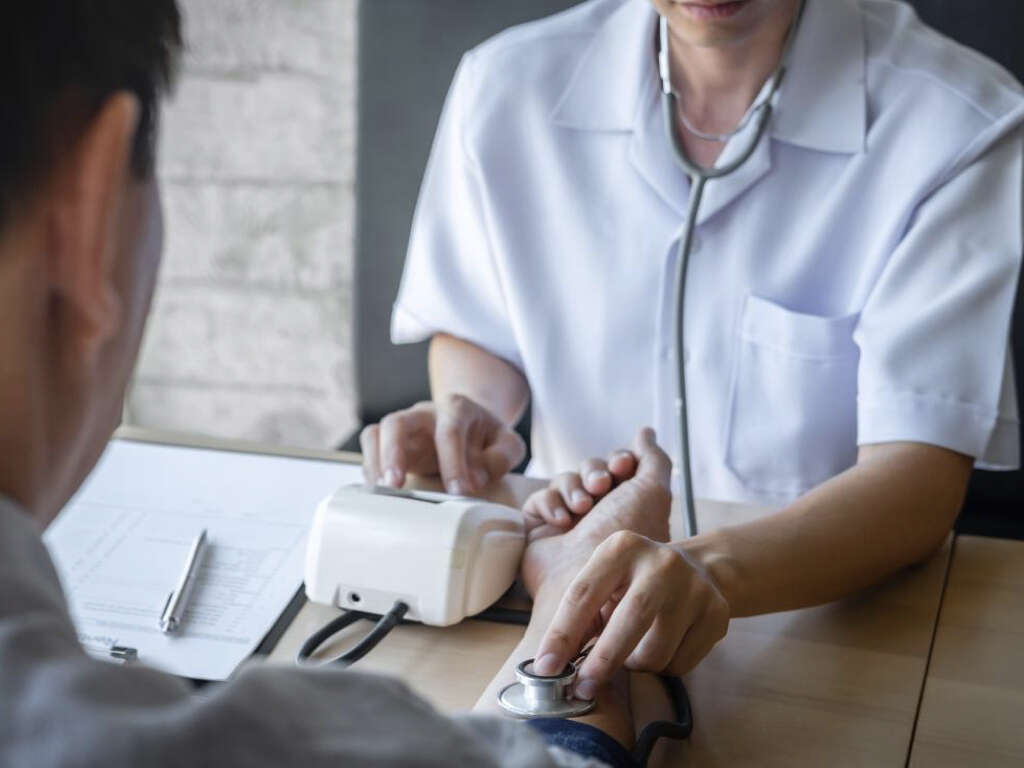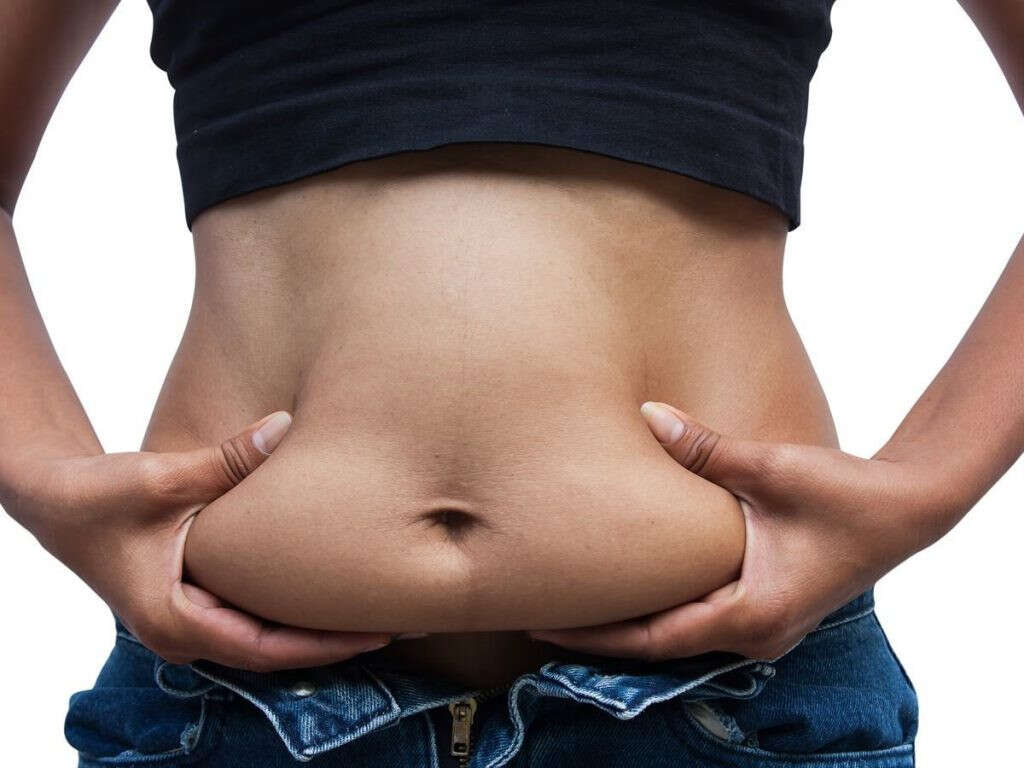10 Ketoacidosis Symptoms
We usually use carbohydrates, particularly sugars, for energy. However, diabetics are unable to process sugars as well as other people do, which means they are able to get little to no energy from these carbohydrates. This means that the body switches to an alternative energy source, which is fat.
When the body turns to fat for fuel, it creates ketones that allow the process. These ketones are a type of acid and, while safe in lower levels, they can begin to build up to dangerous levels. This leads to a condition known as ketoacidosis, and it is potentially fatal if it is not treated.
As such, it is a good idea for diabetics and other people to recognize the symptoms. This article looks at 10 symptoms of ketoacidosis.

Symptom #1: Nausea
Pretty much everybody has experienced nausea at some point. Whether it has lasted for a few minutes after a bumpy ride, or for days because of an illness, the vast majority have experienced it. It is usually down to something that is quite harmless, but it can also be a sign of something very serious.
Nausea is also a symptom that patients with ketoacidosis are likely to experience. What’s more is that the condition is also likely to lead to vomiting and this can lead to further complications. While nausea is not usually a cause to see a doctor, you should do so if the symptom persists.
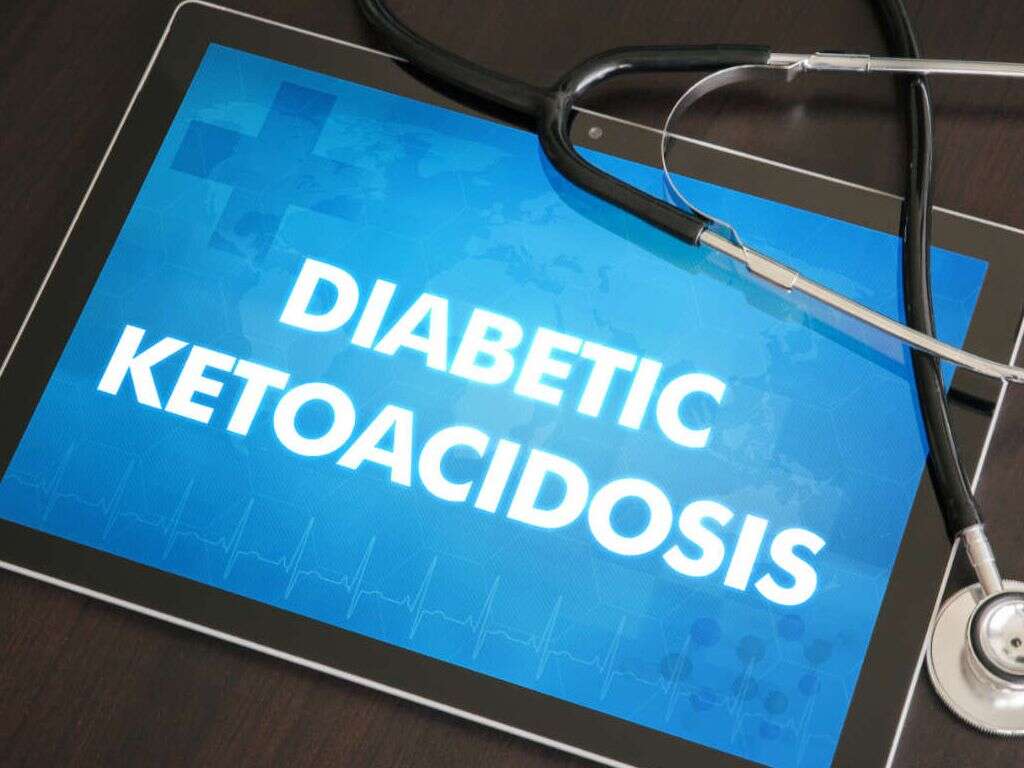
Symptom #2: Confusion
Patients suffering from diabetic ketoacidosis (DKA) may experience problems with their state of consciousness.
They may become foggy as the ketoacidosis progresses and eventually they can even go into a coma if the problem is left untreated.

Symptom #3: Dry Mouth
Patients suffering from ketoacidosis will develop a dry mouth as an early symptom. This is due to the underlying chemical imbalance that is causing the patient to become dehydrated.
This is further corroborated by other symptoms like the increased thirst that normally goes with this condition.
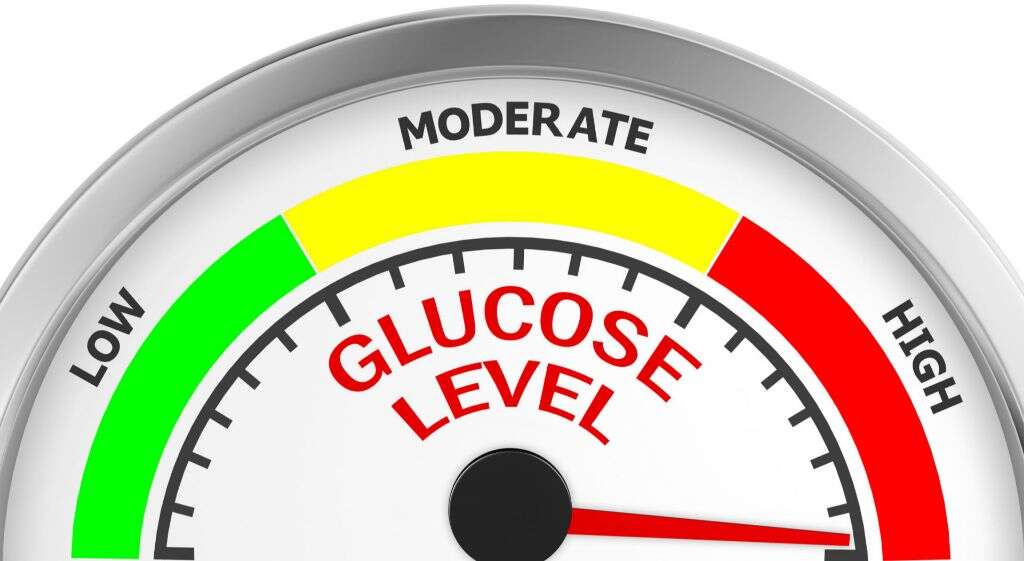
Symptom #4: Abdominal Pain
Patients suffering from ketoacidosis can experience diffuse abdominal pain as one of their first symptoms. It is usually insidious in onset and not quite severe.
It is important for diabetic patients to recognize the symptoms related to diabetic ketoacidosis as it can lead to serious complications if left untreated.
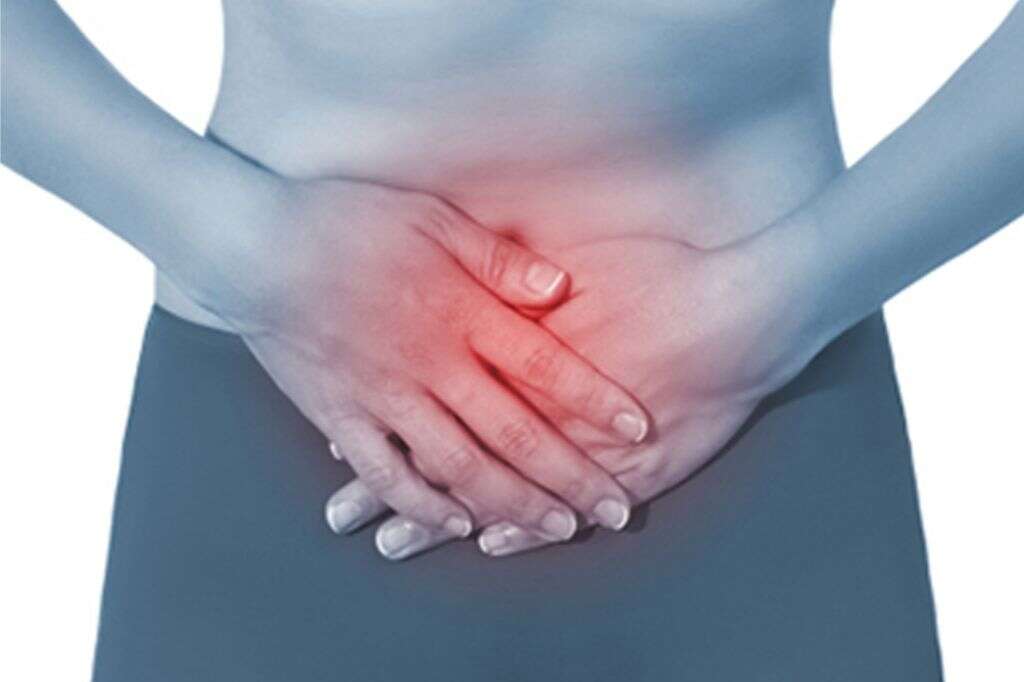
Symptom #5: Frequent Urination
If the body cannot lower its blood sugar levels using insulin, such as is the case with diabetes, then the body will try to find other ways to reduce it. One such way is to try and remove sugar directly by passing it out of the body. One way to achieve this is through our urine.
As such, patients with ketoacidosis will urinate more often than usual. Diabetics will generally urinate frequently anyway, so the symptom might not always be evident to begin with. If you do notice any unexplained changes in your urinary habits then you should arrange to speak with a medical professional.

Symptom #6: Extreme Thirst
When we get thirsty, a glass of water or other fluids is usually just what we need. We rely on water, but thankfully there is a lot of it on our planet, meaning most of us get all the water we need. Thirst is just our body letting us know that we need to take on more of the wet stuff.
Simply having a drink to relieve thirst is not always as easy as it may sound, though. For some people, such as those with ketoacidosis, a drink will not satisfy thirst. This is because chemical balances in the blood are so out of balance that the body always feels the need to take on more water. It also helps the body to flush excess sugar.

Symptom #7: Rapid Breathing
Every time we breath in, the oxygen in our lungs is absorbed by our blood. The blood is then able to transport the blood to wherever it is needed in the body. If our body needs more oxygen, for whatever reason, then we may begin to breathe faster in order to meet the increase in demand.
When ketoacidosis occurs, the blood’s ability to carry oxygen is adversely affected. The body still needs oxygen, though, so the lungs will get to work and try to make up the difference. This results in a type of rapid breathing known in the medical world as Kussmaul breathing.

Symptom #8: Vomiting
This is a non-specific symptom associated with diabetic ketoacidosis. It usually follows the appearance of nausea and it is a contributor to the general state of dehydration of the patient.
It is important to address this symptom early to prevent further electrolyte loss. If you are suffering from this symptom, you should seek medical attention for proper diagnosis and treatment.
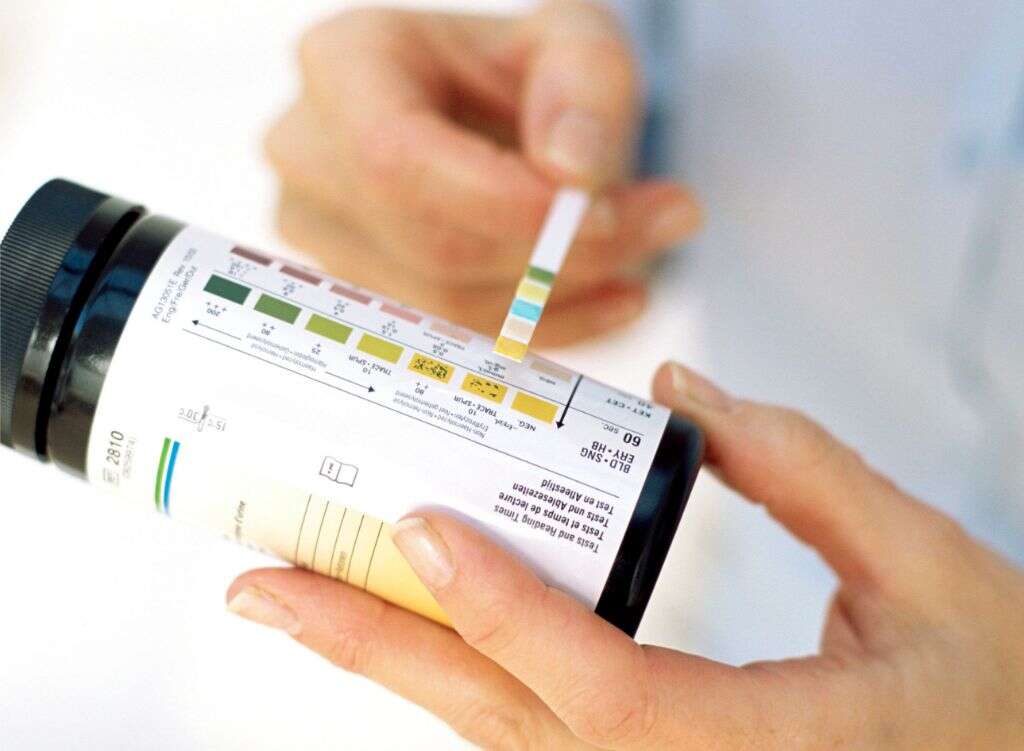
Symptom #9: Fatigue
We get a lot of our energy from carbohydrates, which are compounds that include sugar. They are not the only option when it comes to getting energy but, still, they make up a very important part of our diet. People who cannot process sugars normally, however, can have difficulty getting the energy they need.
Diabetes can affect the patient’s ability to use glucose for energy, leaving them feeling fatigued. This effect can become worse with ketoacidosis as the blood’s natural chemical levels are thrown even more out of balance. If you are suffering from fatigue and you are not sure why, you should make an appointment to see a doctor.

Symptom #10: Fruity Breath
Some people have difficulty keeping fresh smelling breath. As such, it might sound good to them if their breathe were to smell fruity. Unfortunately, though, such a phenomenon may not be a good thing at all. It can be a sign that you are in ketoacidosis.
People who are on a keto diet will often have fruity breath, although this is fine. It is a result of high levels of ketones in the body, which means the body is burning fat for fuel. If you are not on a keto diet, however, then this phenomenon is not such a good thing.






